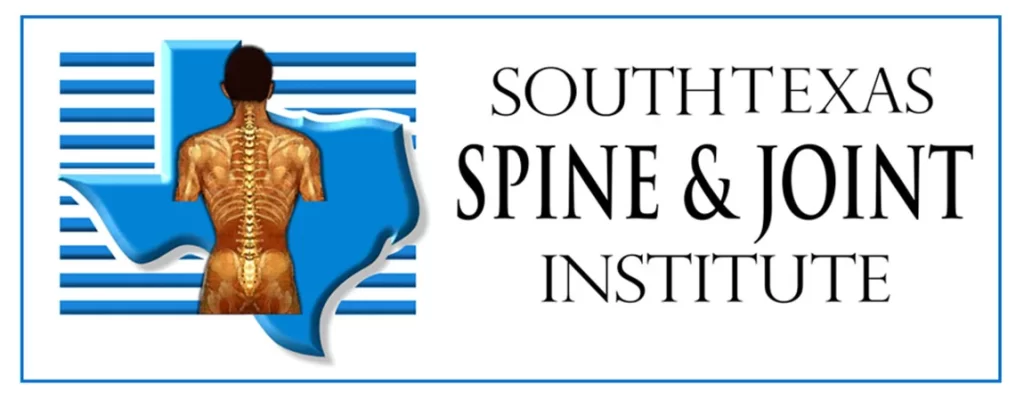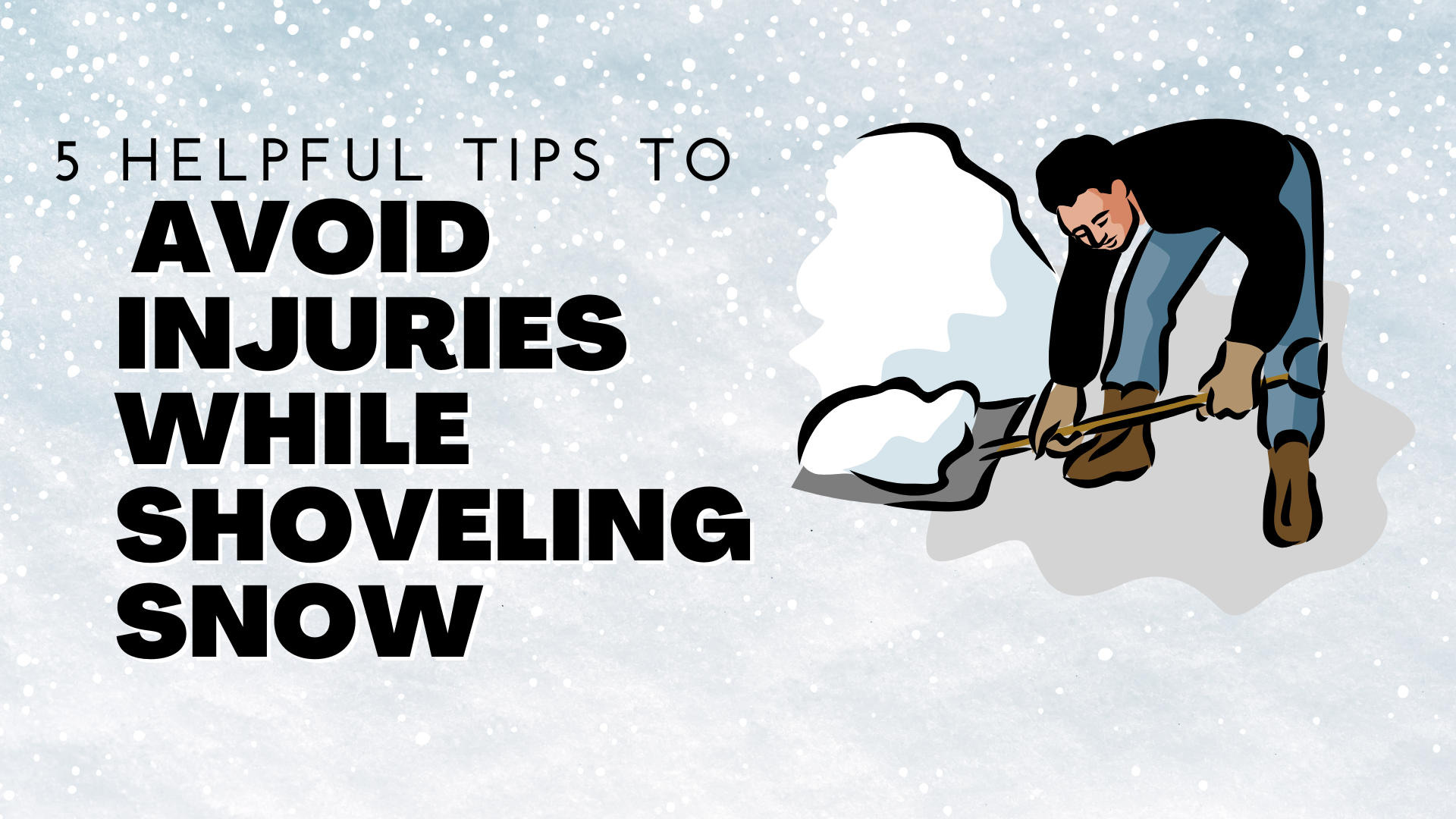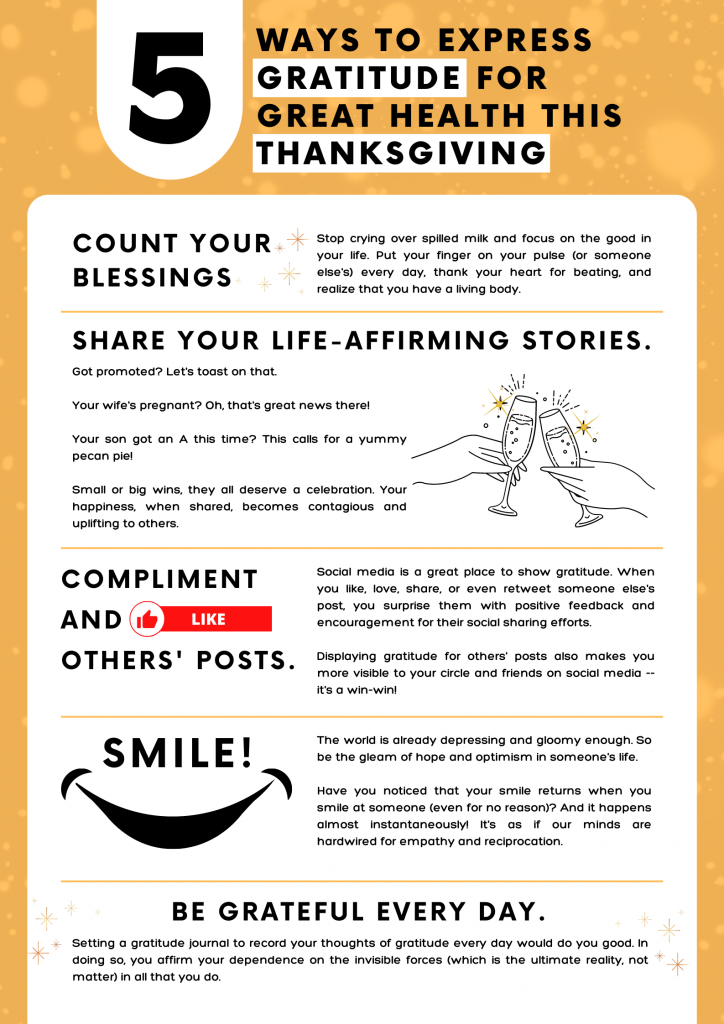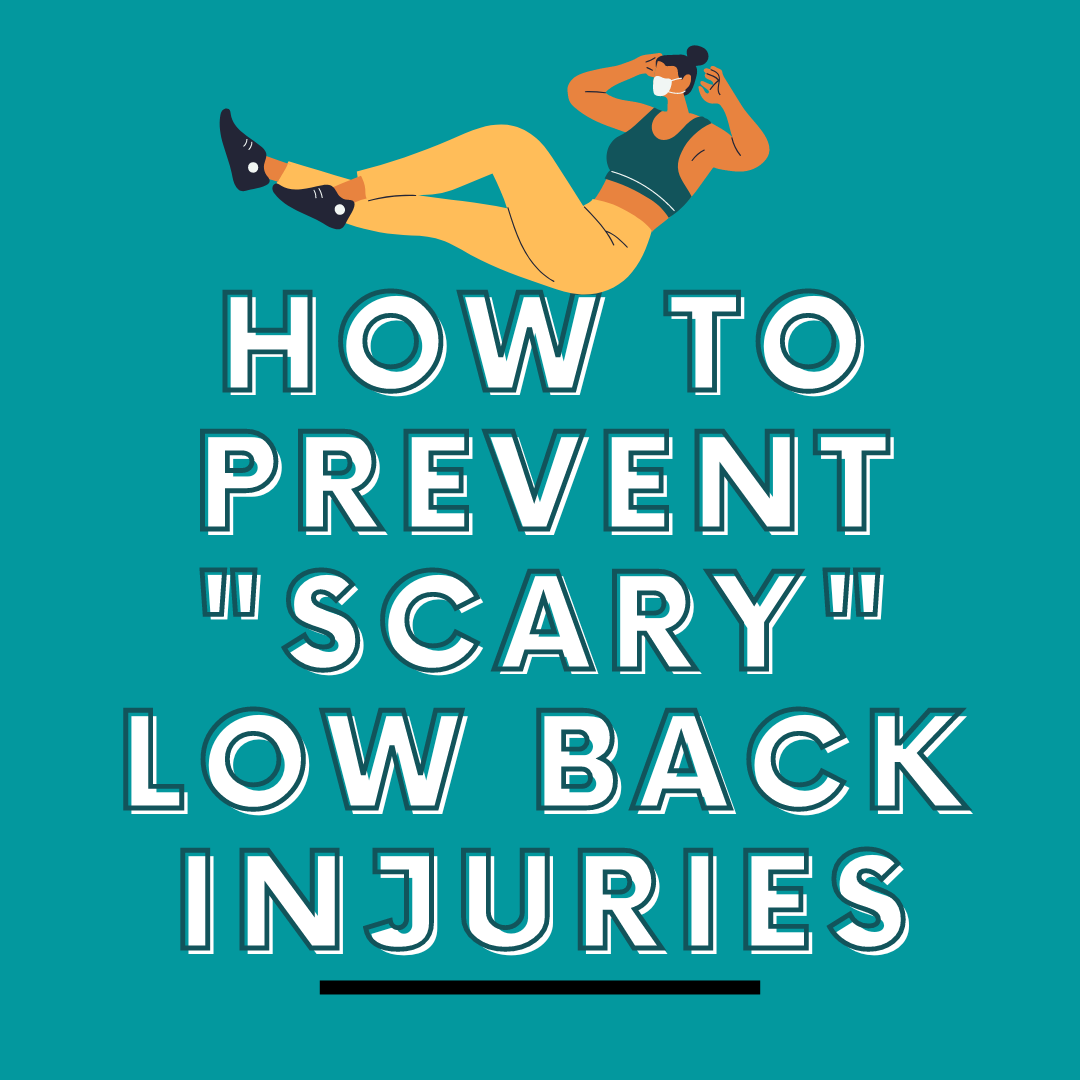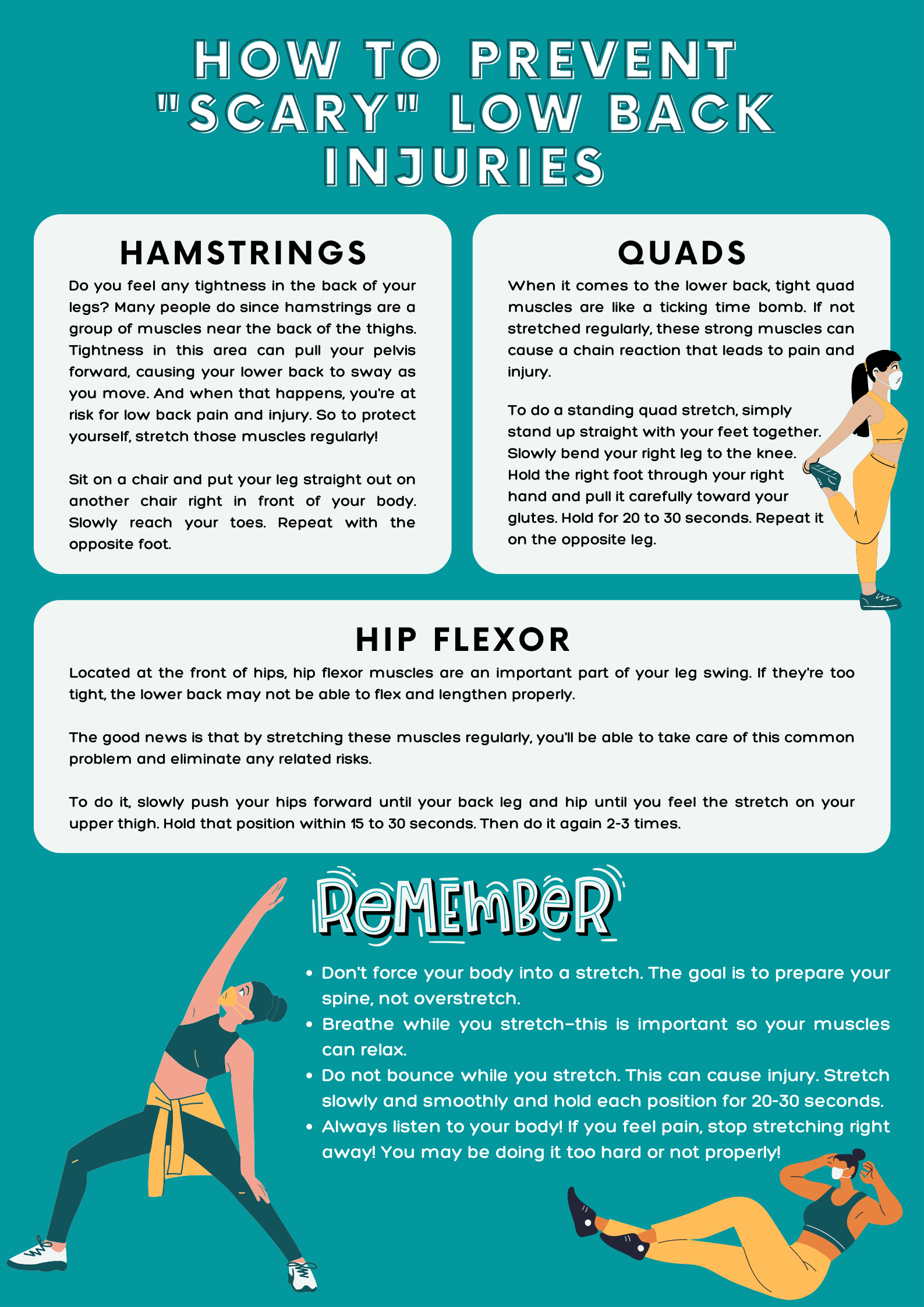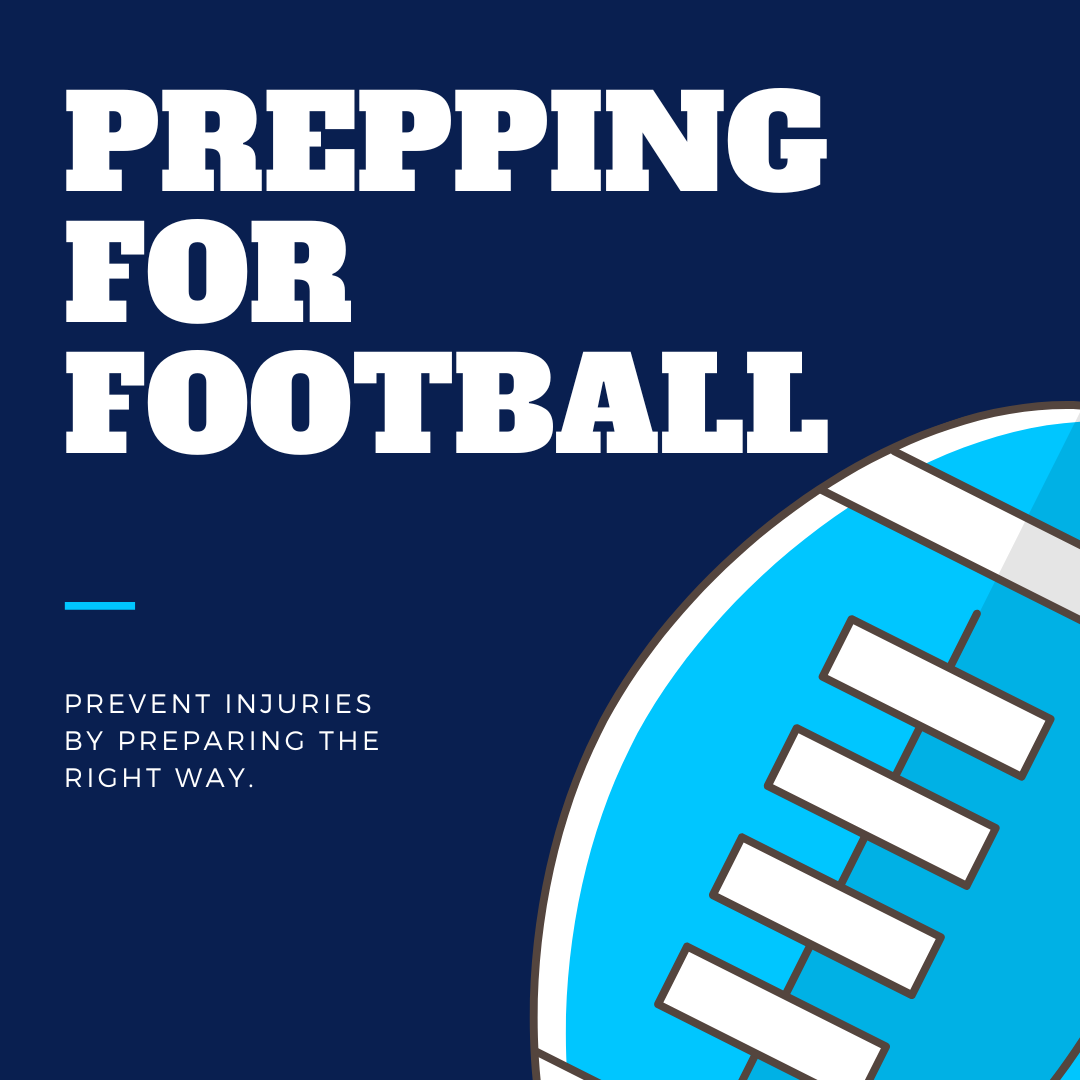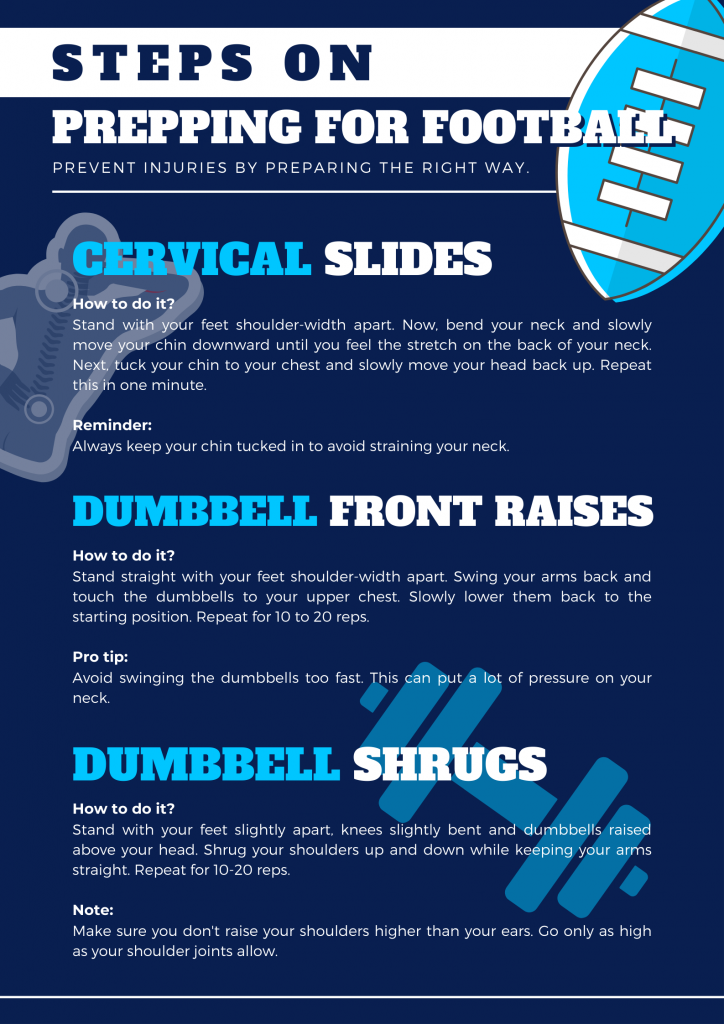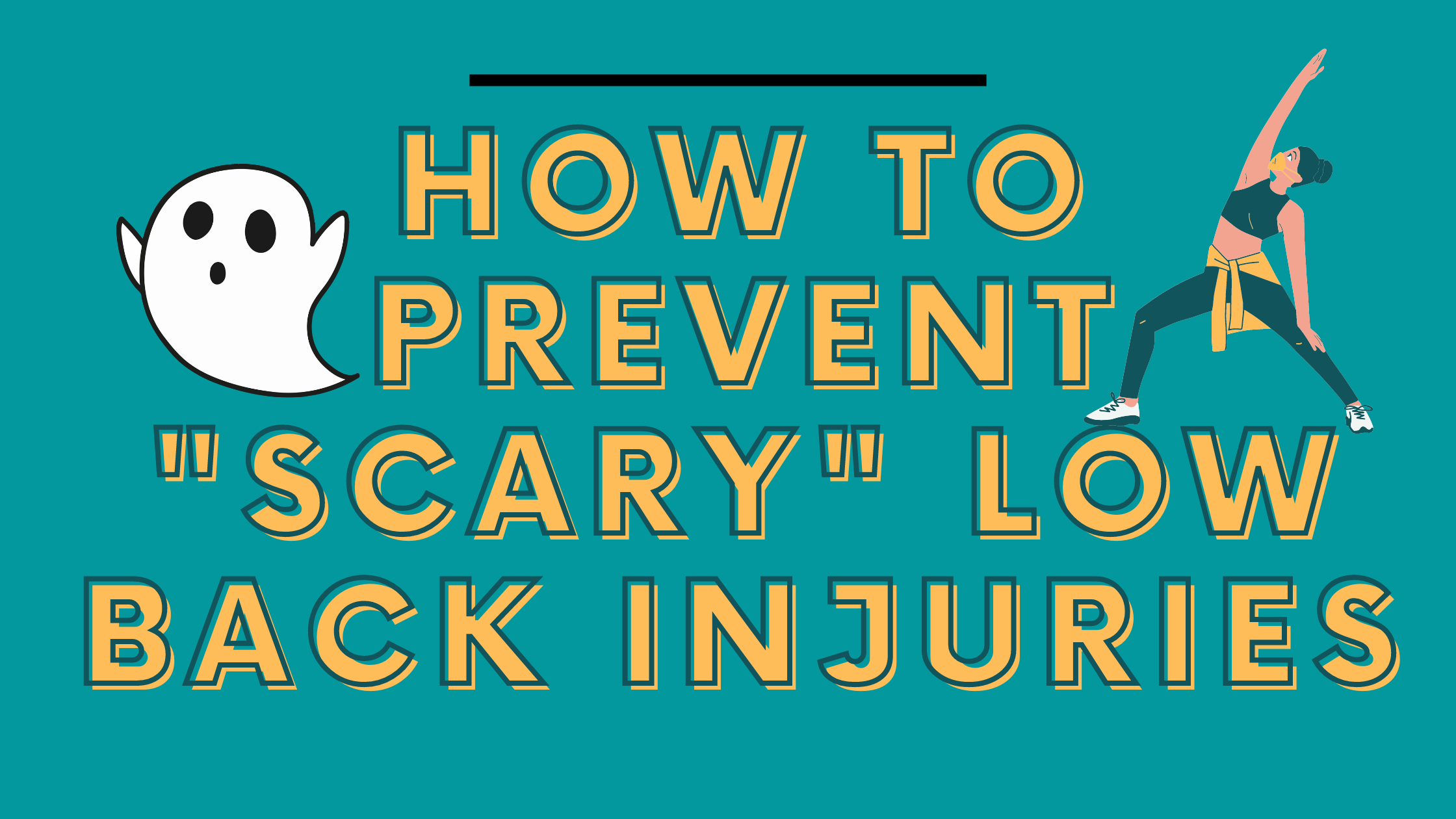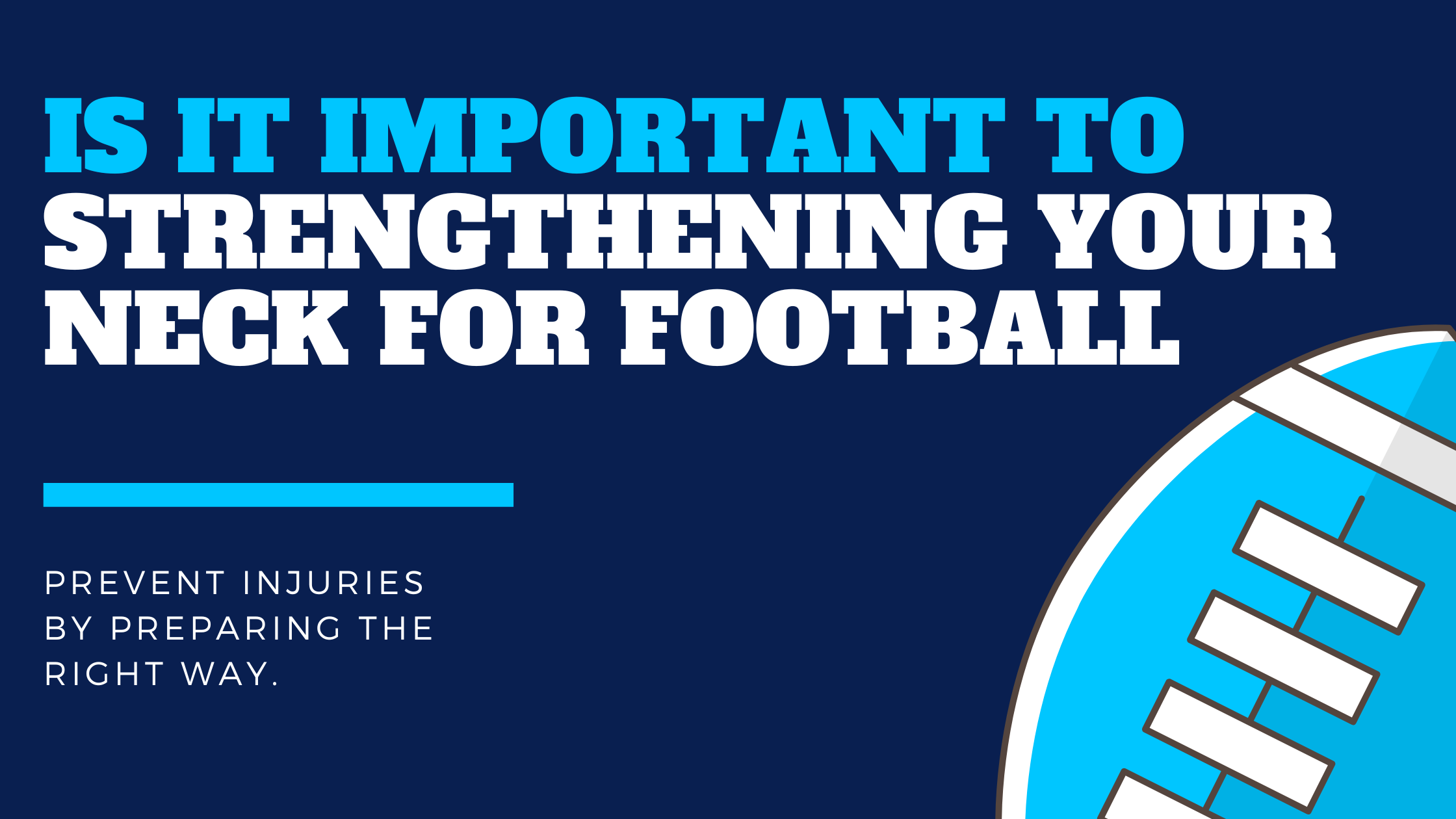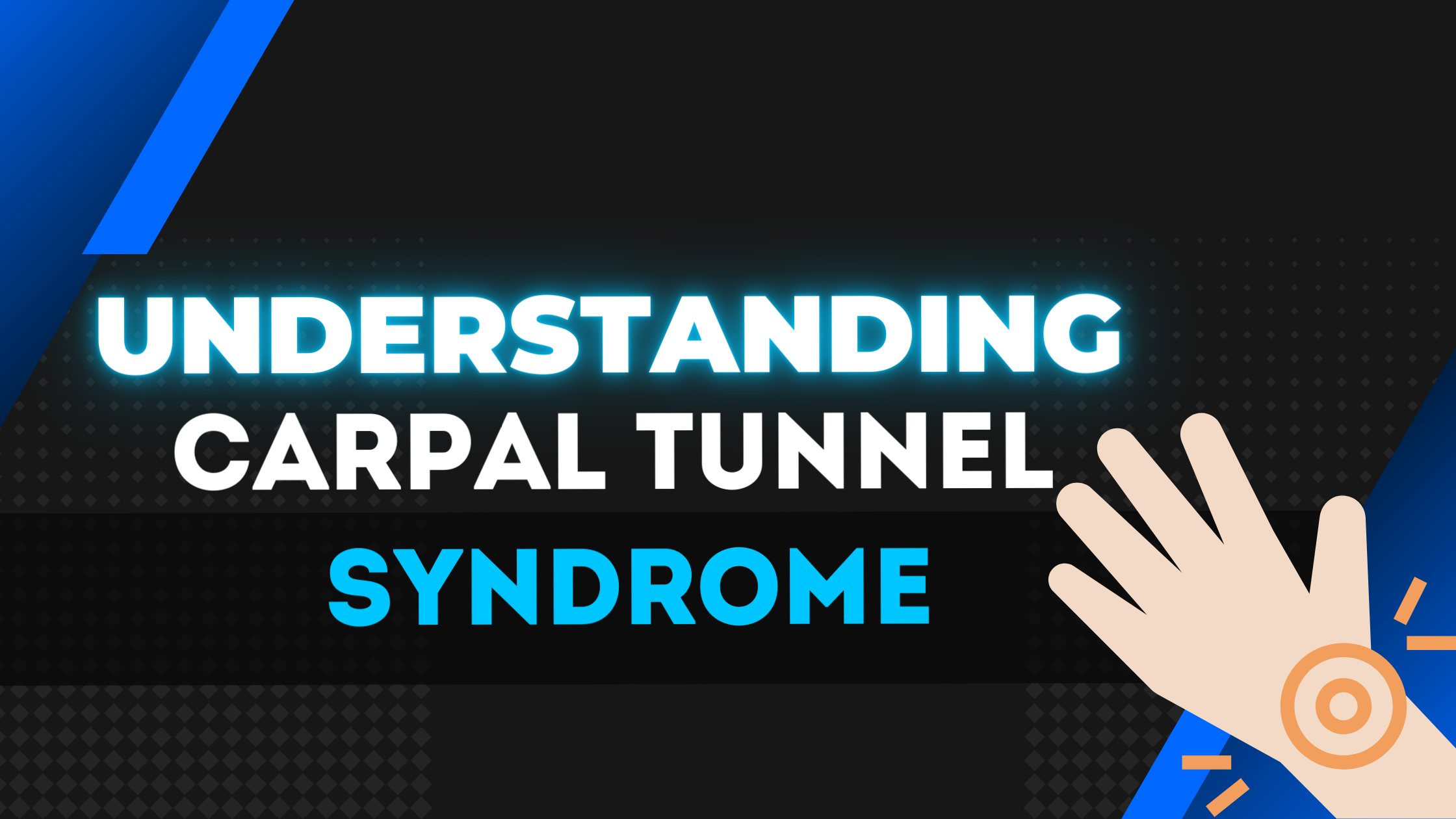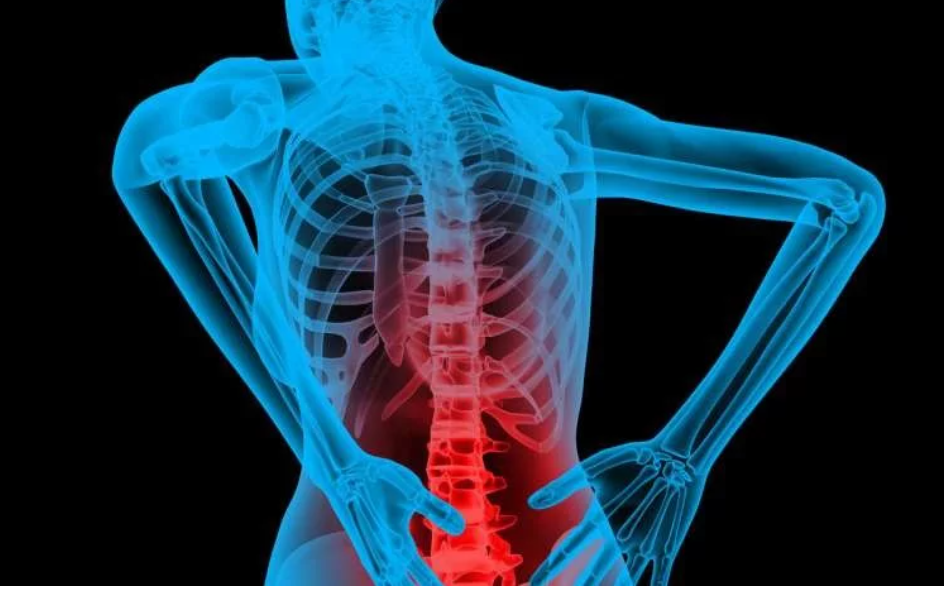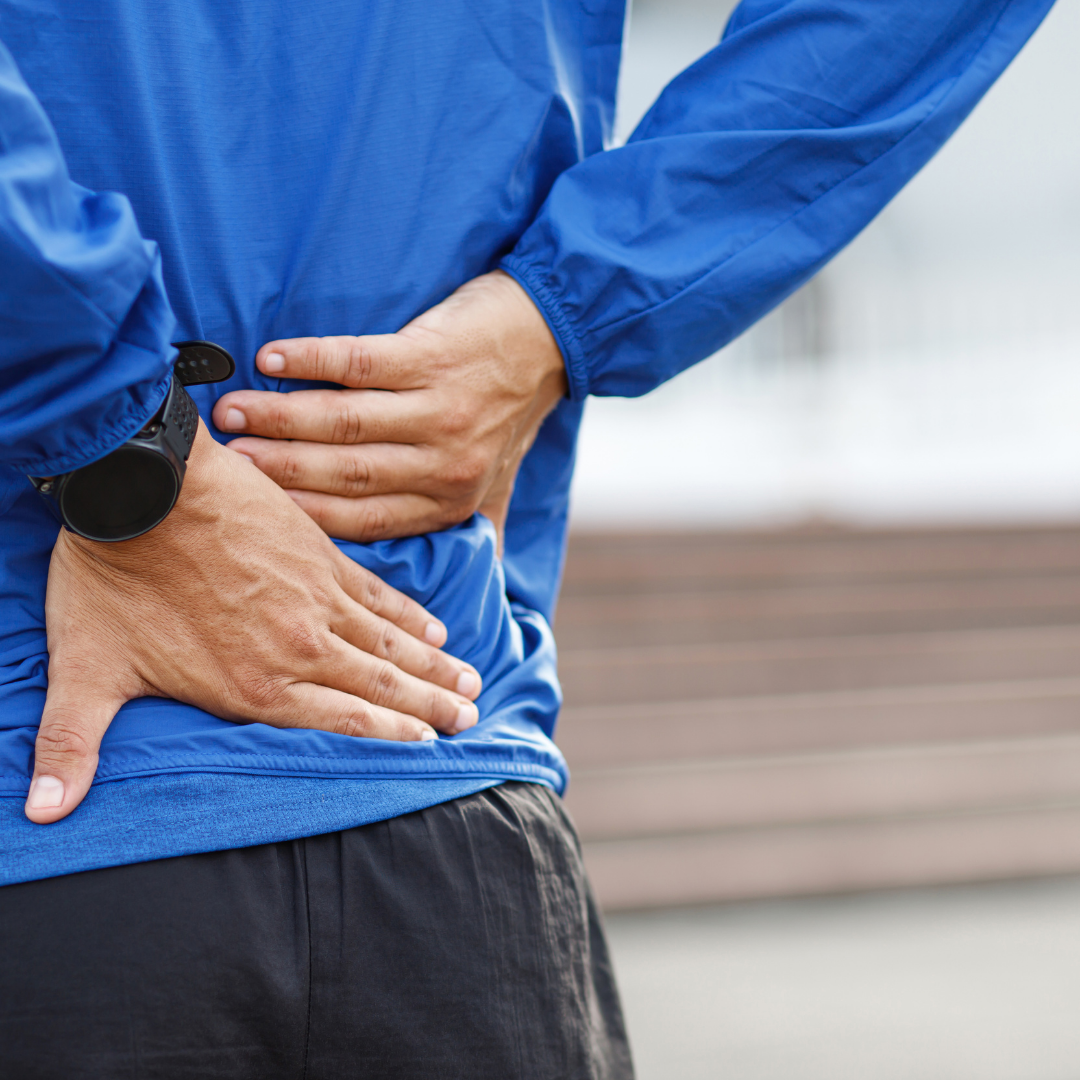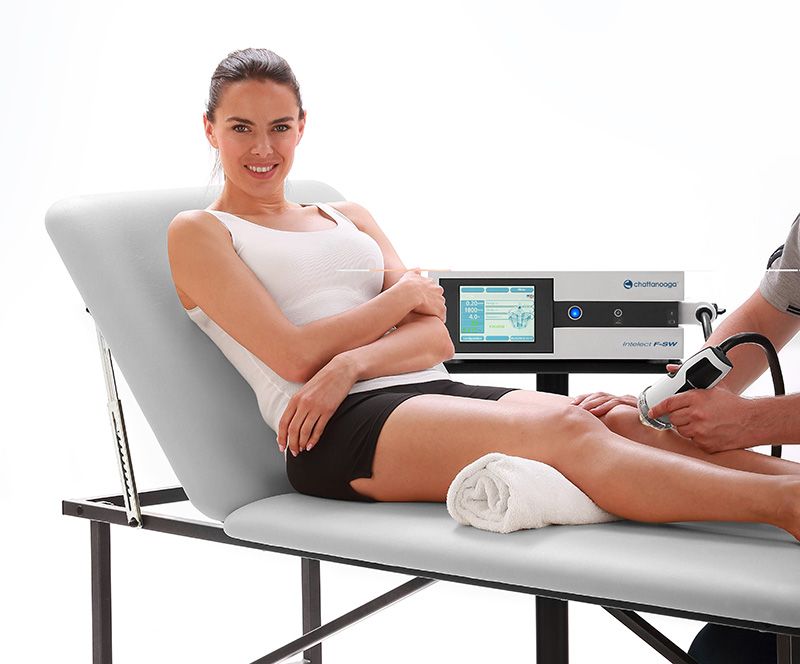Tis the season for snow and ice!
While we typically enjoy the time spent outside in the winter, there are certain risks to take into account during these colder months.
Back strain is one of the most common injuries that people face during snow removal. This is because shoveling involves heavy lifting and bending over for long periods.
Here are a few tips to help ease the strain on your back if you experience back pain during snow removal:
1. Keep the shovel handle down and ahead of you.
This is really about the position of the shovel. If you have the angle too steep it can lead to injuries in your neck, shoulder, low back and even knees. You want to make sure take small amounts of snow to move and not over do it. This also prevents injuries to your knees if you are bent too low for too long. Enjoy the time out in the snow and proper mechanics will make it that much more enjoyable and your body will thank you.
2. Lift with your legs, not your back.
When shoveling, a common mistake people make is bending over to lift the snow and then bending and torquing their backs while in this position. Keep the weight off your back and use your legs to support the weight instead.
Raising your hips and not being bent over for long periods keeps you from straining your back muscles and keeps the snow light enough to move quickly.
3. Use a long-handled shovel.
Snow removal can be time-consuming and tiring for your body. Long-handled shovels help you lift and push the snow without straining your back as often, which is important since you can spend a lot of time in this position without even realizing it.
Another benefit of using a long-handled shovel is that you can move the snow into small piles that are easy to dig out later. Tip if you have a big driveway. Statt a line in the middle to split it into 2 equal parts and then you only have to go from the middle to the edges versus trying to move the entire amount of snow from one side to the other.
4. Small amount of lifting is much better.
As we said earlier, enjoy the time out in the show. Listen to the birds and the snow fall, especially at night and it gives you time to just be with yourself…. and the snow! Remember though we all have busy schedules and you don’t want to try and move it all in one push or one lift – that is how injuries happen. Take small amounts and multiple trips to decrease the potential for injury. You don’t have to be a super hero – just be a smart hero.
5. Take breaks – it’s good for your back and your heart.
When shoveling snow there is a tremendous amount of stress placed on your body. Not just your low back but also your heart. So again, enjoy the process – yes that sounds crazy but you need to take breaks. Get ¼ of it done and then go inside and warm up and get a couple of sips of hot cocoa. Then work on the next ½ of the drive way and take another break – maybe throw some snowballs at the kids or neighbors and then finally complete the last ¼ and wrap it up with building a little snowman.
The breaks will help to not stress the back or the heart and allow you to enjoy the holiday season and snow shoveling season that much more.
The snow shoveling season and especially the holidays do not need to be a grind! Instead, take the time this winter to keep yourself healthy and avoid injuries.
